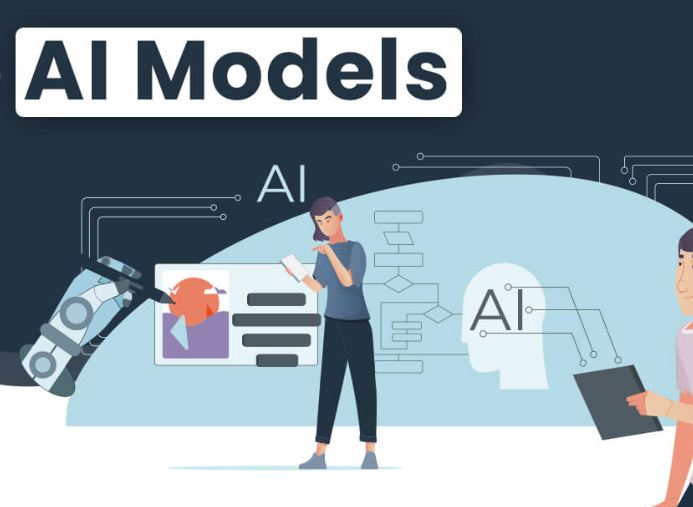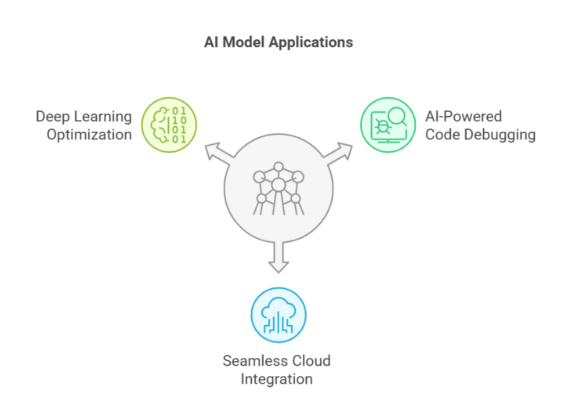The process of artificial intelligence training generally includes data collection, data preprocessing, model selection and construction, model training, model evaluation and optimization, and model deployment and monitoring, as follows:
The process of artificial intelligence training generally includes data collection, data preprocessing, model selection and construction, model training, model evaluation and optimization, and model deployment and monitoring, as follows:
Data collection
Clear data requirements:
Determine the type, scope, and scale of the required data according to the specific artificial intelligence task. For example, in image recognition tasks, a large amount of image data needs to be collected; for natural language processing tasks, text corpus needs to be collected.
Select data sources:
Data can come from multiple channels, such as public data sets, web page data obtained by web crawlers, physical data collected by sensors, and internal business data of enterprises.
Annotate data (supervised learning):
If it is a supervised learning task, the collected data needs to be annotated. The annotation process is to assign corresponding labels or target values to data samples. For example, in image classification tasks, the category of each image needs to be annotated; in sentiment analysis, the sentiment tendency of the text needs to be annotated as positive, negative, or neutral.

Data preprocessing
Data cleaning:
Remove noise, erroneous data, and duplicate data from the data. For example, there may be spelling errors and garbled characters in text data, which need to be corrected and cleaned; in image data, there may be blurred or damaged images that need to be screened or repaired.
Data normalization:
Convert the data into a unified format and range to make different features comparable. Common methods include normalization and standardization. Normalization usually maps the data to the interval [0, 1], while standardization converts the data into a distribution with a mean of 0 and a standard deviation of 1.
Data enhancement (optional):
By performing some transformation operations on the original data, the diversity and quantity of the data are increased to improve the generalization ability of the model. In the field of images, common methods include rotation, flipping, scaling, cropping, etc.; in the field of text, operations such as vocabulary replacement, sentence insertion or deletion can be performed.
Model selection and construction
Choose a model based on the task:
Choose a suitable model architecture based on the specific type of artificial intelligence task. For example, convolutional neural networks (CNN) are usually selected for image recognition tasks; recurrent neural networks (RNN) and their variants LSTM, GRU or Transformer are often used for sequence data processing such as speech recognition and machine translation; for simple classification and regression tasks, traditional machine learning models such as decision trees and support vector machines can also be selected.
Build model architecture:
Determine the specific structure and parameters of the model, including the number of layers, number of neurons, convolution kernel size, step size and other hyperparameters of the neural network. You can fine-tune based on existing classic models, or design a new model architecture according to actual needs.
Model training
Set training parameters:
Including learning rate, number of iterations, batch size, etc. The learning rate determines the step size of the model parameter update. Too large a learning rate may cause the model to not converge, while too small a learning rate will make the training speed too slow; the number of iterations indicates the number of rounds the model learns the training data; the batch size refers to the number of samples used in each training.
Choose optimization algorithm:
Common optimization algorithms include stochastic gradient descent (SGD) and its variants Adagrad, Adadelta, Adam, etc. These algorithms are used to update the parameters of the model to minimize the loss function.
Execute the training process:
Input the preprocessed data into the model, calculate the prediction result through forward propagation, then calculate the error between the prediction result and the true label according to the loss function, and then backpropagate the error through the backpropagation algorithm to update the model parameters. Repeat this process until the model converges or reaches the preset number of iterations.

Model evaluation and optimization
Choose evaluation indicators:
Choose appropriate evaluation indicators to measure the performance of the model according to the task type. For example, classification tasks often use indicators such as accuracy, precision, recall, and F1 value; regression tasks usually use mean square error (MSE), mean absolute error (MAE), etc.; in object detection tasks, indicators such as intersection over union (IoU) are used.
Model evaluation:
Use the validation set or test set to evaluate the trained model and calculate the values of various evaluation indicators to understand the performance of the model on unseen data.
Model optimization:
Optimize the model based on the evaluation results. If the model performs well on the training set but poorly on the validation set or test set, there may be an overfitting problem, which can be solved by increasing the amount of data, adjusting the model structure, using regularization methods, etc. If the model performs poorly on all data sets, it may be necessary to adjust the model's hyperparameters, change the model architecture, or optimize the training algorithm.
Model deployment and monitoring
Model deployment:
Deploy the trained model to the actual application environment so that it can predict and process new data in real time. The model can be deployed on different platforms such as servers, mobile devices, or embedded devices, and the appropriate deployment method can be selected according to the specific application scenario.
Model monitoring:
After the model is launched, it is necessary to continuously monitor the performance of the model and observe the performance of the model in actual operation, including indicators such as the accuracy of the prediction results, operating efficiency, and resource usage. If the model performance is found to be degraded or abnormal conditions occur, it is necessary to adjust and optimize it in a timely manner, which may require re-collecting data, retraining the model, or adjusting the model's parameters.
